Photos from the Cohort by Roshake.
I do enjoy the efforts of designers who take a serious stab at bringing “design” to the masses. A phenomenon rather common through much of the 20th Century, with examples that go from the Eames chairs to products like the Panda; the rather basic and industrial-looking tinny subcompact from Fiat, styled by Giugiaro’s Italdesign and launched in 1980.
The innovative –and normal– Panda has been covered before, but today’s version is new to CC. It’s the Van variant, with added cargo space thanks to new plasticky rear quarters and a flat floor sans rear seats.
This utilitarian version of the model appeared in ’86, along with the model’s facelift of that year. When launched in 1980, besides styling challenges the car’s original brief had the mission of redefining the segment. As such, much elaborate engineering went into the model making use of Fiat’s huge stack of available parts. From gas engines ranging from 662cc to 1108cc, to a 1.3L diesel; all arranged in an FWD layout, and with a rear suspension setup suitable for 4×4 versions. With the latter setup giving the model a good deal of fame.
Notice that early on I said that products like the Panda brought a sense of “design” to the masses, which is not meant to say that these were supposed to be lush or chic. Still, the idea of creating a well-thought-out package, with some novel ideas in interior materials and amenities is a challenge many designers enjoy. Nothing activates creativity like a limited budget, or sales tag, as the Panda had to fit.
And the Panda knew what to do with its limitations. With the car’s neat bed arrangement being one of its most memorable features.
That particular choice doesn’t seem to be part of the Van’s repertoire. But one can see the mix of surfaces and materials making a reasonable effort to be “designy”. In 1980s parlance, of course.
Not that all of the colors in this surviving Panda seem to make much sense. Then again, some of the pieces are probably refurbished from other vehicles. Either that or Fiat’s color department had lost the plot by the time this one came off the assembly line.
The plasticky rear addition is perhaps odd-looking nowadays. But throughout the 1970s and 1980s, there were constant efforts to incorporate the material into a car’s bodywork. Plastics had arrived, and why not be honest about their use on a design rather than disguise it?
It was more of a European phenomenon. Besides Fiat, a number of offerings from makers like Renault had the material being a prominent part of their designs (think Fuego). It may feel odd today, but it was the “future” back in the 1980s. Plus, the idea tends to come and go in auto circles (Honda Element, anyone?)
One can debate whether this looks neat or cheap. The latter adjective is obviously a large part of the equation in this adaptation, after all the Panda was a basic car. But a lack of resources doesn’t mean that one can’t enjoy life to its fullest, and the Panda makes a case that the effort in doing so is always worth it. And as with many European econocars, the Panda carries that hard to define attribute that is “character”. Something which it certainly had from the beginning.
Related CC reading:









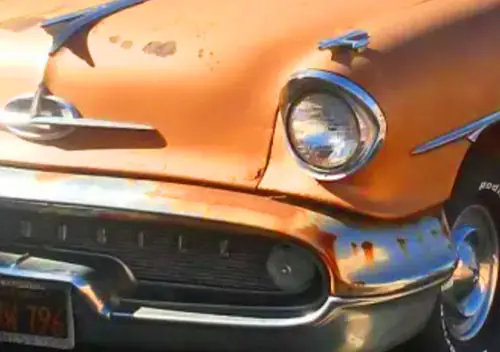
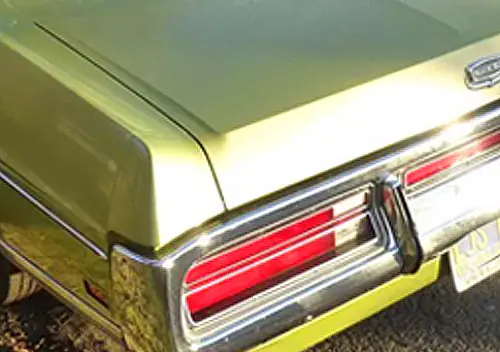
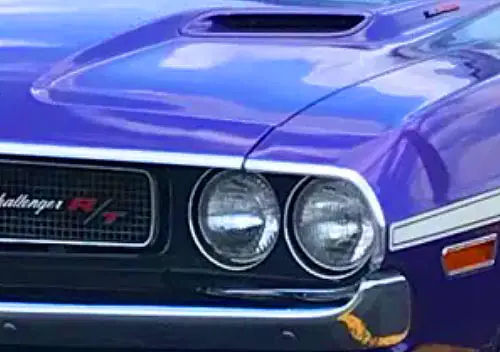

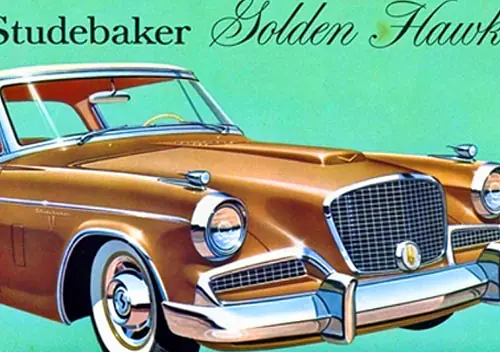
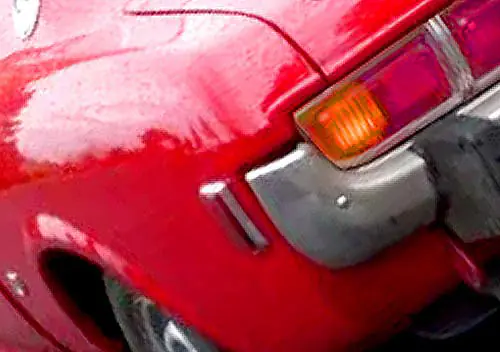
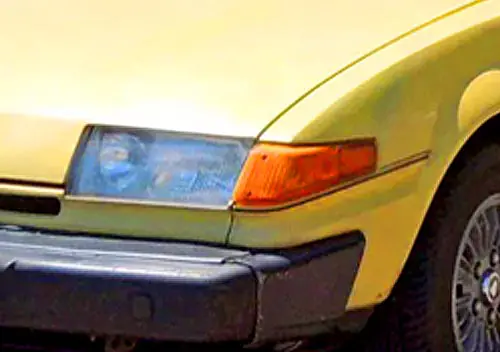
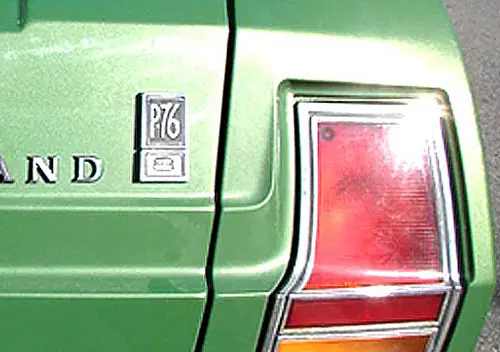
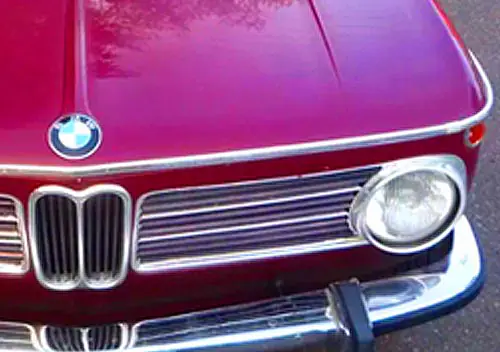
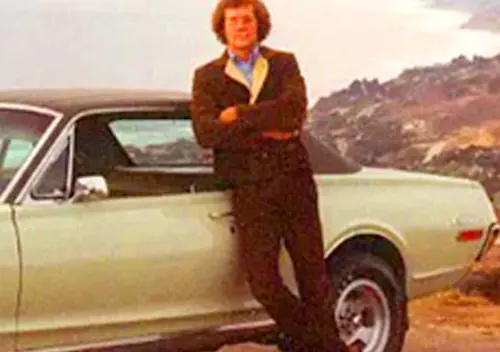

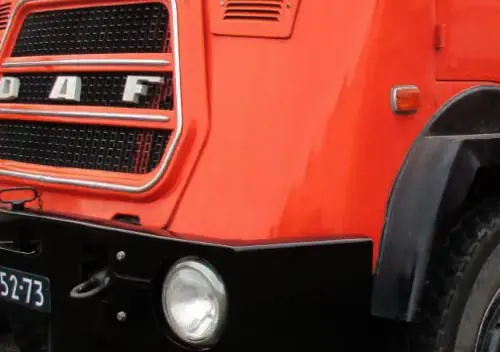
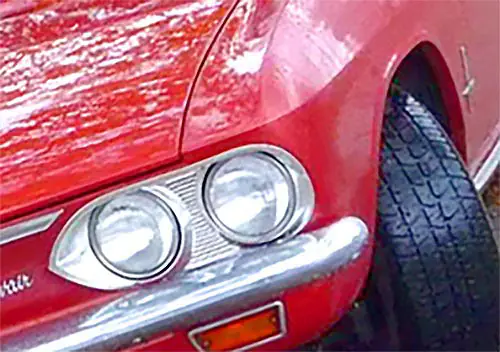
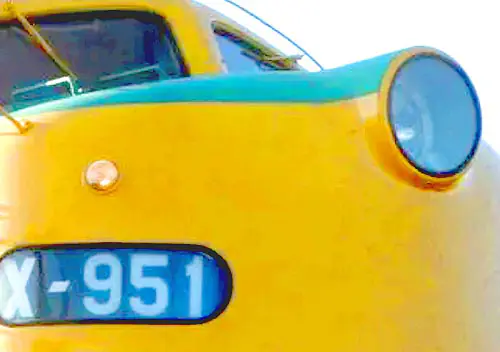
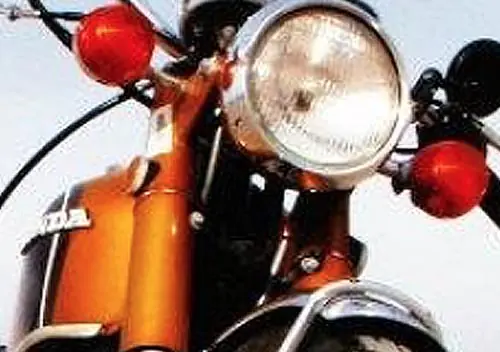
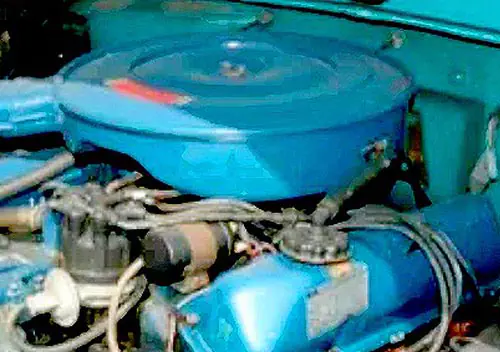
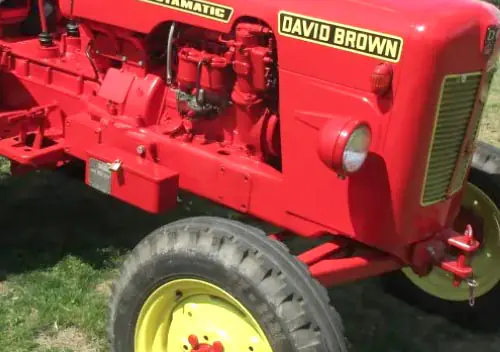
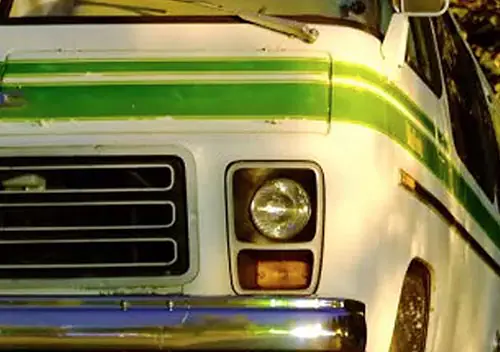

This is a new one for me. Vans were not only practical but also had significant tax advantages in many countries, so it does not surprise me that Fiat cobbled this up.
I’ve always been a Panda fan, especially the 4×4.
Yeah it was a new one for me too, and there were surprisingly many of them in Belgrade, relatively at least. I caught at least four of them while there, all this same red, while i only saw one regular Panda i think. That one was also badged as a van though for some reason. Probably the van version had tax advantages there too.
The original Panda would have sold well in the US.
Surely more successful than the 128 or the Brava, a kind of Italian-style Le Car. Surely it would have a target on the coasts.
Fiat had the US Strada (Ritmo) in 1980. I knew people who owned them. Unreliable junk by US standards. Fiat left the US with its tail between its legs. No reason to think the Panda wouldn’t meet the same fate.
About 20 years ago I went to the Netherlands for work. My first and only time there and I was surprised at how many American cars I saw there, but something unique was a PT Cruiser with a bulging plastic rear window fitted to create something like this Panda. No sheet metal mods as far as I could see. Before I had a camera phone so no pics, sorry 😢
Very neat find – and also I don’t remember any CC features from Serbia before, so this breaks new ground on geography too.
Looks like Fiat also sold a utility version of this van as well, where the rear side windows were replaced by slide-out tool trays – shown in the brochure image below:
Memory is fuzzy, but I think that in one of the Nordic countries – Finland, I think – there were similar tax savings for vehicles that qualified as “commercial”, but the rules were more strict regarding the ratio of load space to passenger space. I recall seeing several vehicles with modifications like this to make them fit within the rules.
In the link below, pictures of a Finnish-market Subaru Brumby (BRAT in the USA) with a factory extended bed, just to meet the regulations.
https://ausubaru.com.au/viewtopic.php?t=49914
Interesting. I wish more auto and trucks had fully reclining Sears. I sleep many a night cross the front seat in the Dodge Ram or semi recliner position
Can’t say I ever saw one. But these, on the other hand…
I remember seeing these in France during the nineties.
Pandas are something Ive seem in NZ but not the van version, raw plastic bumpers and trim used to denote the low rent ex JDM version of regular NZ new cars,
I am going to assume that the plastic van part wasn’t intended to be taken on and off by the owner? I’ve never seen one like this before, but it reminds me of the Nissan Pulsar NX “Sportbak”.
https://www.curbsideclassic.com/curbside-classics-asian/curbside-classic-capsule-nissan-pulsar-nk-sportbak-ask-and-you-shall-receive/
I’m familiar with hatchback based “vans” but adding on rear doors in place of the hatch is new. I could see some functional advantages, but as mentioned in other comments it could have just been a way to add volume for tax reasons. I would like this setup on a 4×4 Panda as a runabout and ski car
I really like this. It’s obviously a hatch conversion, but there’s been no attempt to hide that, which seems very much in line with the whole Panda design ethos: what you see is what you get. Leaving the add-on bit in black ties in with the black platstic elsewhere on the car. A very utilitarian conversion of a very utiltarian car. Even down to having a padlock on the rear doors!
Could I ever see myself and the dog rocking a 4×4 version of that. Loved the look of Pandas when I was in England. Not a wasted bit of space anywhere
I had a Seat Terra which was a box van variation, it was quite a useful little run-about
It reminds of the 1987-90 Nissan Pulsar NX Sportback Shooting Brake/Sports Wagon.
Actually the Van version debuted in 1983, so also pre-facelift Panda had it: https://bucket.carmodel.com/images/cm-lg/61697-1.jpg
yes it’s a miniature but it stresses the fact that they were very commonly used by the telephone company here in Italy, and they still are in its newer generations.
You could also have sliding-out rear side windows as visible in Eric703’s image. And yes, the plastic extension is not removable.
There was also a 2-places van without the plastic extension (called Citivan: https://live.staticflickr.com/65535/51131920181_54578f8ca1.jpg ), and they were all also available as 4×4.
Such kind of LCVs have tax advantages, but they only can be used for work purposes.
The car in these pictures is a very late one, a 2001-03 Business trim (as per rear badge) with the 1.1 FIRE engine (the only one available in the last couple of years), it can be recognized by the covered fuel door. Being red it could even be a former Italian telephone company van, later exported in Serbia when decommissioned: https://c8.alamy.com/comp/A746XG/italian-telecom-fiat-panda-van-ideal-for-the-narrow-italian-streets-A746XG.jpg
They usually had the slide-out rear windows, but there were also some with regular glasses.
These were extremely practical and dependable, my township still has a mid-90s model in regular service. Lovely 🙂